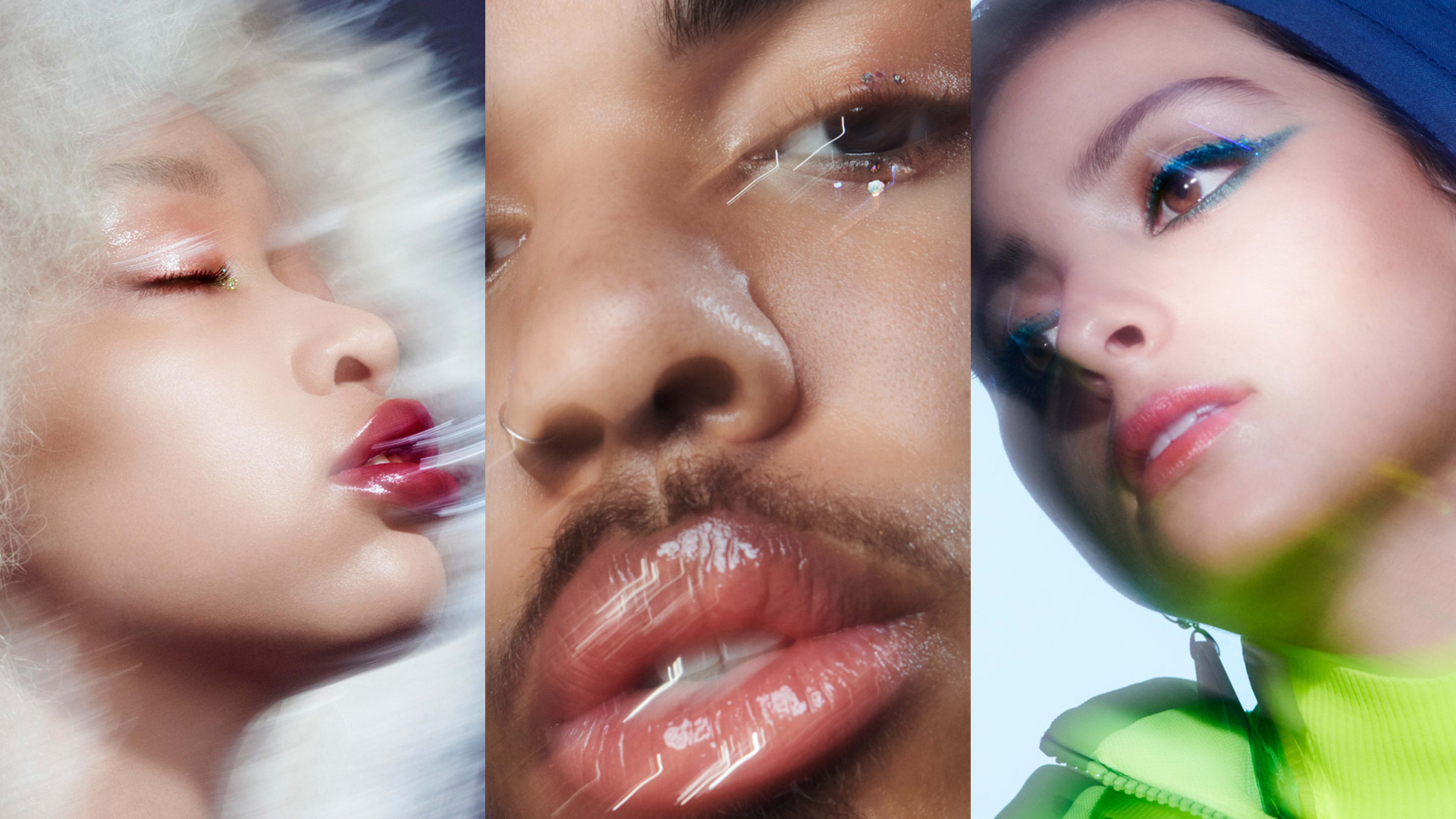Things are about to get decidedly more colorful at Glossier.
Today the beauty startup–known for helping women create an au naturale, no-makeup aesthetic–is launching an entirely new makeup brand called Glossier Play. The new line is all about creating bold, dramatic looks with four debut products (eyeliner, lip pen, highlighter, and glitter gel) that come in colors and textures like nothing we’ve seen from the brand so far. The lip color comes in vibrant candy pink and bright orange. The glitter can create a multidimensional jeweled eyeshadow right out of a 1970s disco, with flashes of iridescent rose and metallic gunmetal. It’s the makeup equivalent of your sparkly party dress.
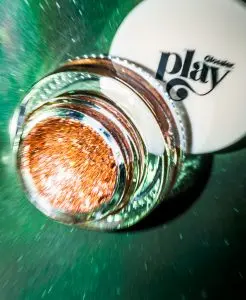
“Glossier Core is all about your everyday essentials,” says Emily Weiss, Glossier’s founder and CEO, referring to the original brand. “Glossier Play is all about the unexpected dialed-up extras that are a little more fun.”
With Play, Glossier reveals its ambition to compete with beauty giants like L’Oréal and Estée Lauder, which have dozens of brands in their portfolios, allowing them to sell a wide range of products to a broad base of customers. The global beauty and skincare industry is currently worth $445 billion, and it is expected to continue growing quickly, hitting $750 billion in sales by 2024.
Glossier has some unique advantages compared to these traditional beauty conglomerates as a direct-to-consumer brand. The vast majority of beauty brands still sell products through third-party retailers, like Ulta and Sephora, drugstores, and department store beauty counters. Meanwhile, Glossier sells its products through its own website, its Los Angeles and New York stores, and its regular pop-ups across the country. This strategy allows Glossier to sell products without a retail markup, but more importantly, it means the startup is able to gather more data from its customers about their needs–which could be a valuable tool in Glossier’s arsenal as it takes on the cosmetic giants.
“At Glossier, we own all of our distribution channels, which sets us apart,” Weiss says. “We have a much more direct channel of communication with our customer. Estée Lauder doesn’t own beauty counters, and L’Oréal doesn’t own drugstores.”
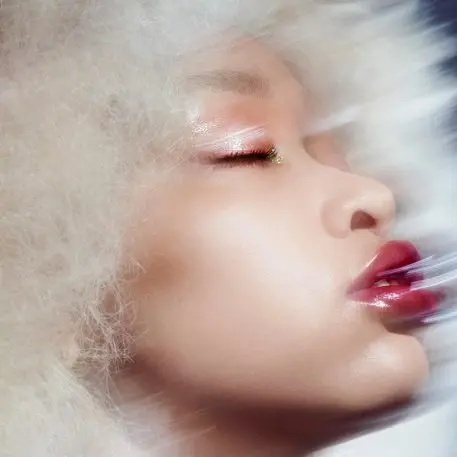
Weiss says that Glossier learns a great deal from the way customers shop on its site, as well as how they engage with customer service representatives and chat with the brand on social media. For instance, before the company began work on a face wash, Weiss asked readers of Glosser’s blog, Into the Gloss, a simple question: “What would your dream cleanser look like? Smell like? Feel like? Do for you? Not do for you? Who would play this cleanser in a movie?” The post generated more than 380 responses, which the product team used to create what would end up being Glossier’s popular Milky Jelly Cleanser.
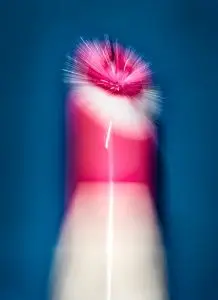
Weiss says Glossier receives five direct messages a minute on Instagram and 50,000 customers a month in stores. This feedback shapes everything from its advertising strategies to the products it develops, and, now, what kinds of new brands it spins out.
Glossier Play, for instance, came about because the company observed that customers were looking for color makeup to complement their Glossier basics. On Instagram, some users were tagging themselves in pictures featuring neutral Glossier makeup, along with a pop of colorful eyeshadow or a vibrant lipstick. All of this informed the company’s decision to create a line of highly pigmented makeup in playful colors, which became Glossier Play.
“Many of the beauty brands I grew up with were expert-led,” says Weiss. “They told me what products were in style and how to use them. From the start, I wanted to take a different approach with Glossier by co-creating the brand and products with customers.”
Weiss says that Glossier is planning to spin out other new brands in years to come, but will only do so after an extended period of customer listening and testing, to ensure that any new products meet a real need in the market. Glossier is already working on new concepts, but the company says it will not introduce any new brands this year.
Glossier Play clearly moves beyond the needs of the no-nonsense, low-maintenance beauty customer, who is content to dab on a bit of concealer and lip gloss, and call it a day. As its name implies, Play caters to people who enjoy tinkering with colors and textures to transform their look. This may be the beauty-obsessed customer who spends their free time watching beauty influencers unbox the latest products on YouTube. Or it might be the person who prefers not to worry about makeup most days, but wants a couple of more exciting options in their makeup bag for date nights or holiday parties.
Last week, Glossier teased Glossier Play to its 1.8 million Instagram followers with a mysterious post featuring the brand’s “G” logo in holographic gold instead of its classic millennial pink. The newly created Instagram Glossier Play handle accumulated 57,000 followers within 24 hours, even before any brand or product details had been announced. Fans and beauty sites started speculating wildly about what it might be.
“We’ve been scanning Reddit threads and some of the guesses included athleisure, sex toys, a streaming service for music, an actual theatrical play about Glossier,” says Weiss, with a laugh. “I think that this speaks to what beauty can be, which is a fun, playful conversation. I’ve believed we have an opportunity to co-create our brands in real time with our community.”
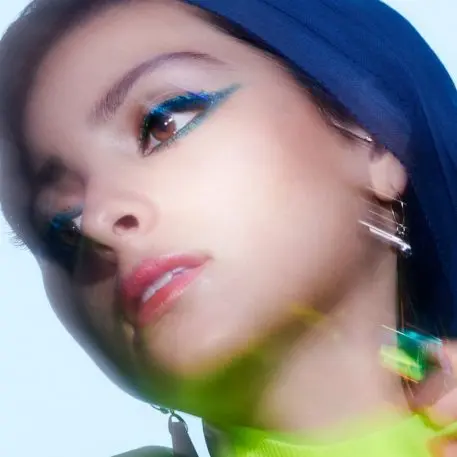
The hype around Glossier Play echoes the excitement that bubbled up in the weeks before Glossier launched in 2014. Weiss has a gift for harnessing the power of the internet and social media to create communities where women can talk about beauty. Her blog, Into the Gloss, which profiles women talking about their beauty routines, served as a kind of early focus group for Glossier, and the company has spent the past four years harnessing user data, customer feedback, and even Instagram comments to create new products. While many large beauty brands churn out dozens of new products and color palettes every season, Glossier has been much slower and deliberate in its pace of product development, with a new product dropping every six to eight weeks; Glossier currently has 29 products, which are meant to be used year round rather than responding to seasonal trends.
The brand has received some criticism from customers and media outlets that it was not adequately catering to the needs of women of color by creating a wide enough color range. In January, it launched a newly expanded 12-shade range for its concealer and skin tint, along with an online shade finder tool; its advertising has also become noticeably more diverse over the last few months.
Glossier’s strategy of glamorizing the “I woke up like this” look has worked like a charm. Last year alone, the company generated $100 million in revenue and acquired a million new customers. Its top-selling product, a brow shaper called Boy Brow, sells at a rate of one every 32 seconds. So far, it has already generated $86 million in VC funding, and received a $3 million tax credit from New York governor Andrew Cuomo to relocate to a 26,000-square-foot office in SoHo and adding 282 jobs. Glossier already has two stores in New York and Los Angeles. Weiss says that company plans to open pop-ups across the country over the next year, and Glossier Play will be sold in these stores.
Despite this exponential growth, Weiss believes it is still early days for Glossier. She has closely studied the evolution of the larger beauty corporations that dominate the industry, and she’s working to build a company that can stand the test of time.
“I’m fascinated by longevity,” says Weiss. “I’m interested in how to create something that can actually grow with your customer. I think part of the answer to this question is to really take our time with making decisions and releasing new products.”
Recognize your brand’s excellence by applying to this year’s Brands That Matter Awards before the early-rate deadline, May 3.
